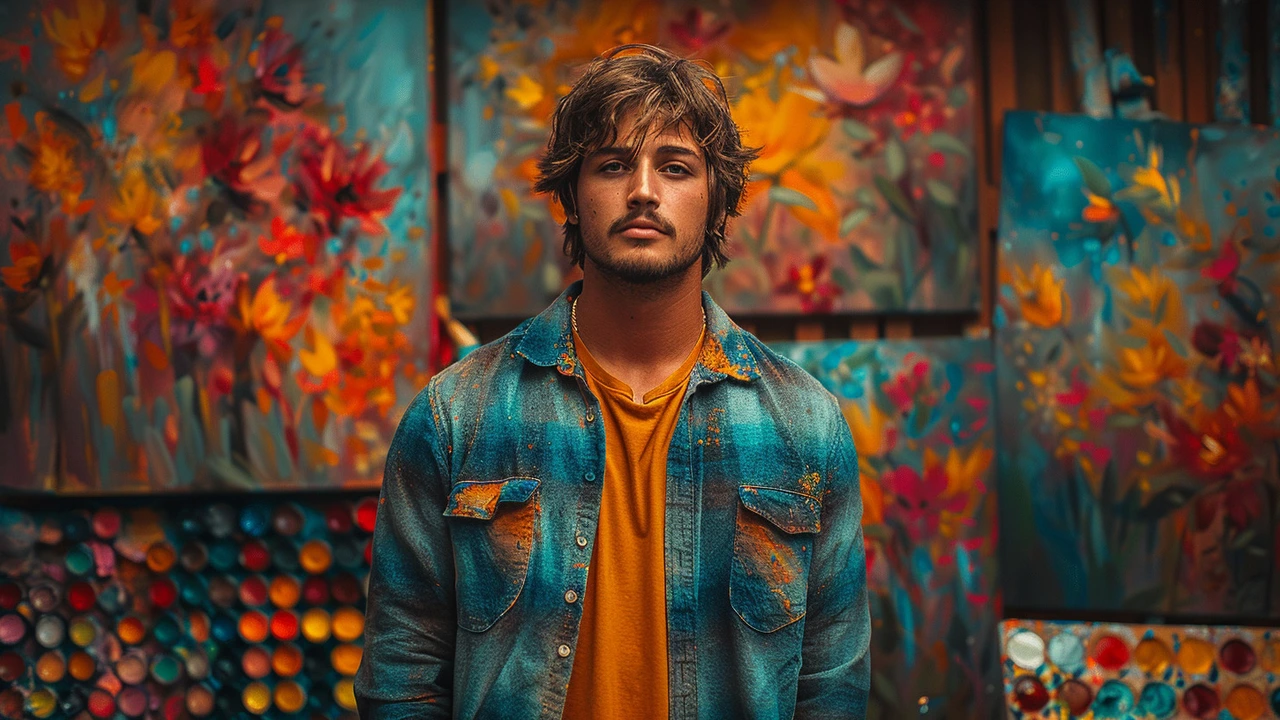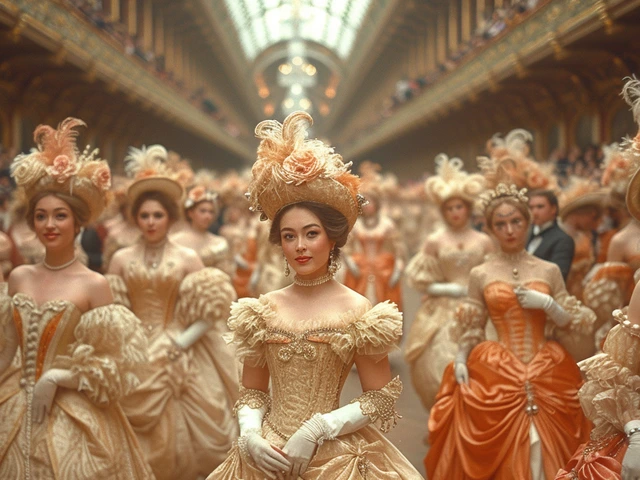Foundations of Photorealism
Embarking on the journey toward creating photorealistic paintings requires a solid understanding of several key fundamentals. First, selecting the right materials plays a significant role. High-quality brushes, paints, and canvas or paper can make a significant difference in achieving the desired effects. Artists should choose materials that complement their specific style and the subject they are portraying.
Understanding light and its effects on colors and textures is another cornerstone of photorealism. Observing how light interacts with objects in real life provides invaluable insights. The way light reflects off surfaces, creates shadows, and influences colors is crucial for replicating the look of a photograph through paint.
Starting with a precise sketch is essential. This initial outline serves as a roadmap and ensures accuracy in proportions and layout before color is even applied. Some artists prefer to lightly grid their canvas to maintain correct scaling and perspective throughout the painting process.
Observation and Replication
Success in photorealism hinges on the artist's ability to observe and replicate the minute details of their subject. Developing a keen eye for detail enables artists to capture the subtleties that make their work stand out. It requires patience and practice to view the world in a way that translates to photorealism on canvas.
Creating texture is a key component of this process. Whether depicting the smoothness of a glass surface or the roughness of worn leather, artists must use a variety of techniques to convincingly portray different textures. Techniques such as glazing for depth, dry brushing for rough textures, and meticulous layering of colors contribute to the overall realism.
Managing colors effectively is paramount. Achieving the right color balance, understanding the role of warm and cool tones, and replicating subtle shifts in hue and saturation are all necessary skills. A methodical approach to mixing and applying paints ensures that the final work authentically mirrors its real-life counterpart.
Mastering the Finishing Touches
The final stage of the painting process is all about refinement. Paying close attention to the finishing touches can elevate a painting from merely impressive to breathtakingly realistic. This involves going over the painting with a critical eye, adjusting contrasts, refining details, and making slight adjustments to ensure everything is harmonious.
One effective technique is to periodically step back from the work or view it through a mirror. This fresh perspective can reveal inconsistencies or areas that need more attention. It's also beneficial to photograph the painting and compare it with the original subject or reference photograph. This comparison often highlights differences in color accuracy or details that might have been overlooked.
Lastly, persistence and patience are key. The process of creating a photorealistic painting is time-consuming and can be challenging. However, the rewards of seeing a lifelike depiction emerge from the canvas are well worth the effort. It's a journey of continual learning and adaptation, but with each painting, artists grow closer to mastering the art of photorealism.




